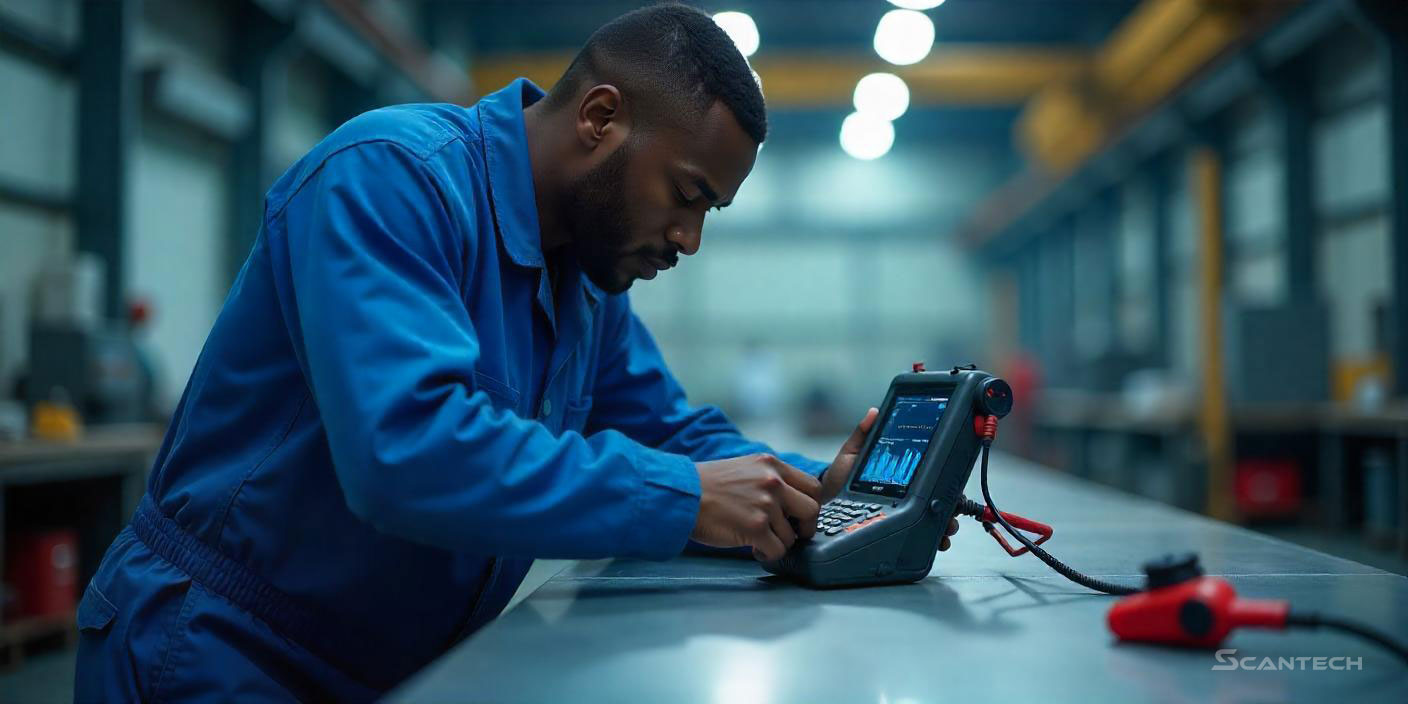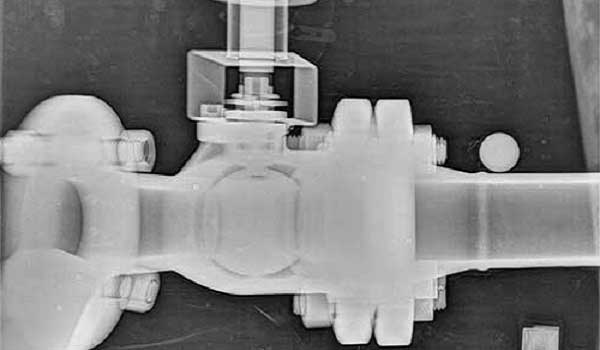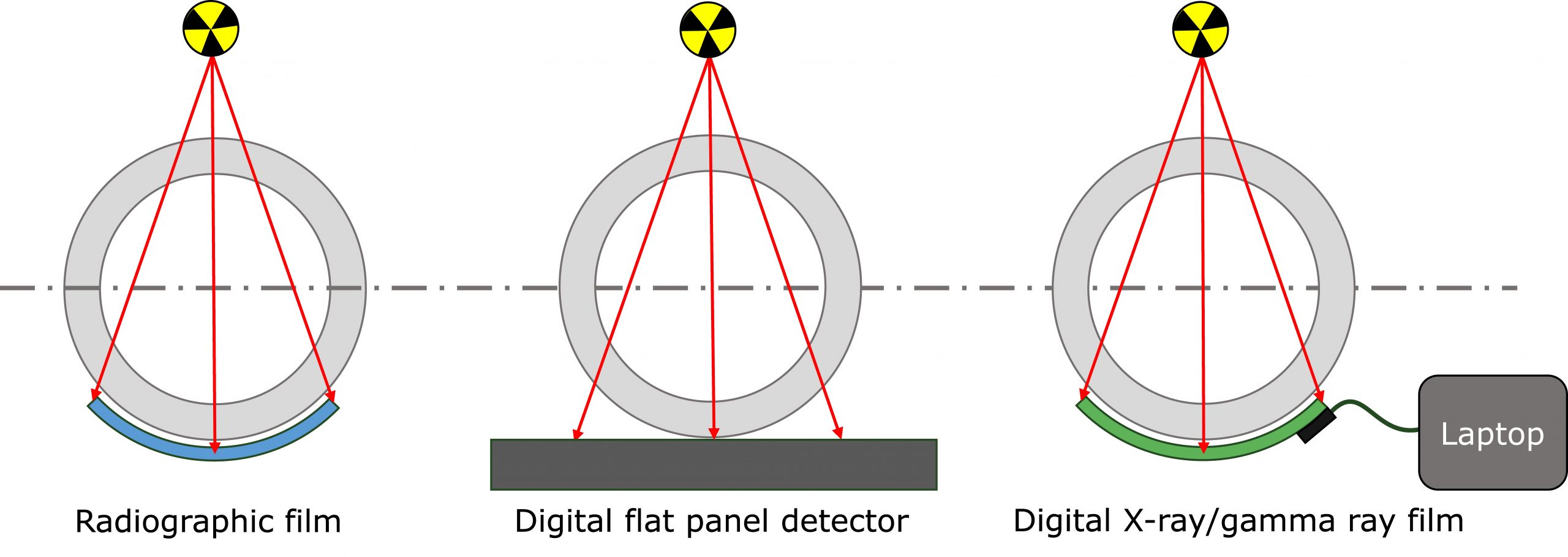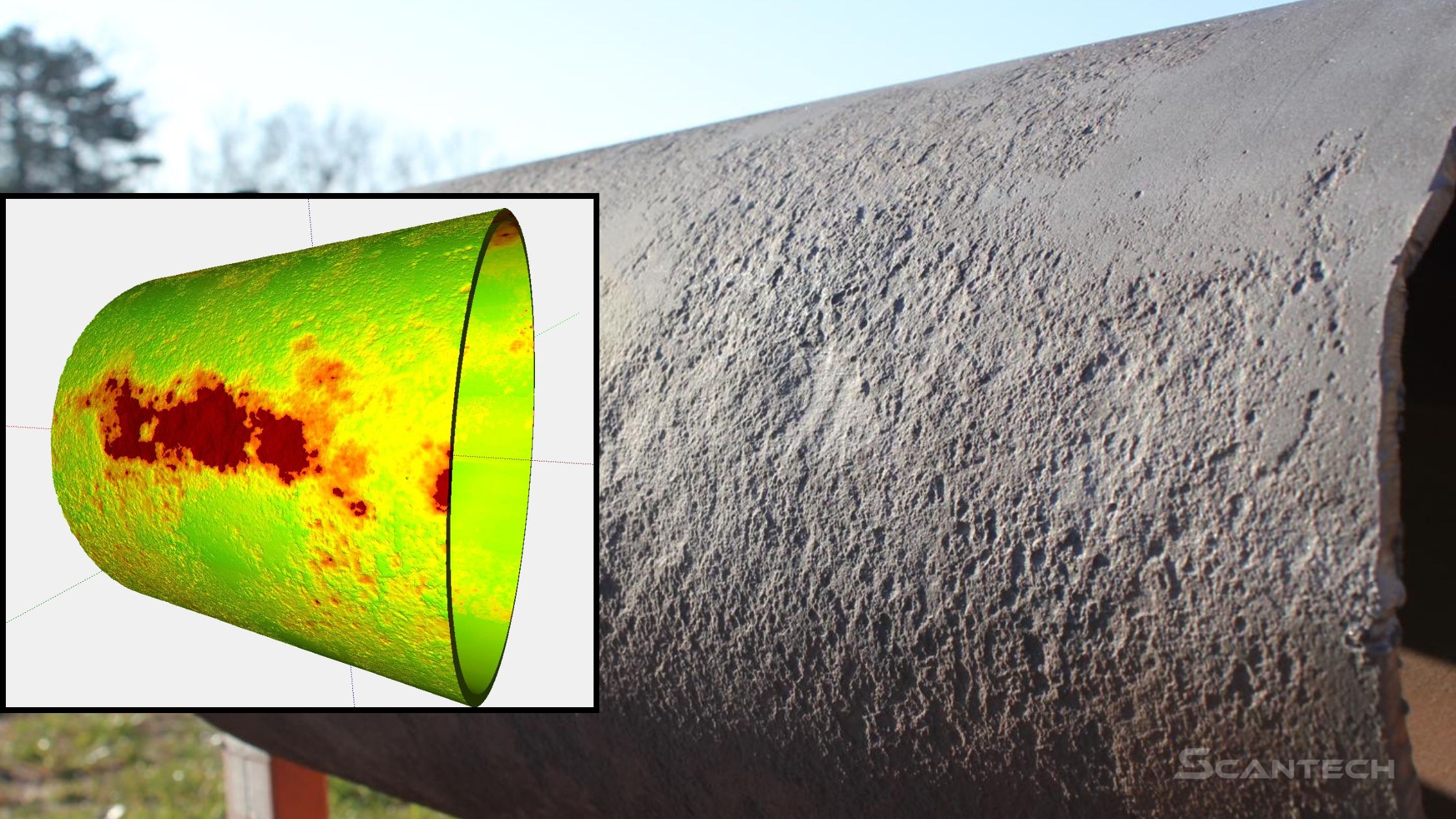Table of Contents
UUltrasonic flaw detectors are very important in non-destructive testing because they allow the tracing of internal imperfections inside materials with a high degree of accuracy. As the methods of ultrasonic tests evolve continuously, the choices have increased many folds—all having their own particular strengths and weaknesses—thus making the choice of an ideal detector for your needs increasingly complicated. In this blog, we take a closer look at some of the best ultrasonic flaw detectors available on the market today by comparing features, benefits, and industries in which each excels. Whether your business is in oil and gas, aerospace, or general manufacturing, the right flaw detector can bring in huge returns in terms of safety inspections and operational efficiency.
Key Factors to be mentioned in Ultrasonic Flaw Detectors
When it comes to selecting the best ultrasonic flaw detector, a number of features will make a big difference in this device’s efficiency and comfort of use. Here are some critical factors to consider:
- Frequency Range: Frequency used is dependent on the sensitivity of the detector to the size of the flaw to be expected and the material type. A wider range of frequency gives more flexibility across diverse applications.
- Portability and Durability: Equipment like these, in the oil and gas industry or in field inspections, for instance, need to be portable and hardy. Light yet durable detectors provide versatility in rough environments.
- User-Friendly Interface and Display: The visualization of data should, of course, be clear. High-resolution screens for detectors and intuitive interfaces should ensure smooth operations.
- Data Storage and Connectivity: Real-time acquisition of data with ample storage and easy options for data transfer is quite crucial to industries related to large-scale inspections.
Olympus EPOCH 650
The Olympus EPOCH 650 features legendary performance in an extremely portable package. Weighing less than 5 pounds, this flaw detector is fit for inspections requiring both mobility and precision. The ergonomic design was created to be manageable in the field with the accuracy required to fulfill high demands.
Key Features:
- Portability: It has a light design that makes transportation across different sites easy.
- High-Resolution Display: It can clearly visualize your information on a colored display with the view of multiple displays for enhanced data presentation.
- Data Management: Full internal memory with USB connectivity enables easy data storage and transfer.
The EPOCH 650’s balanced design makes it an ideal testing ultrasound system for aerospace, automotive, and power generation applications where both portability and performance are critical.
GE USM Go+
The USM Go+ by GE represents a compact and rugged to-go flaw detector. Because of its lightweight construction and advanced technology, it surely permits reliable results in a harsh environment.
Key Highlights:
- Compact Design: It weighs just 2 pounds, making it great for field inspections.
- Anti-glare Screen: A 5-inch anti-glare screen for readily readable data, even in challenging lighting conditions.
- Frequency Range – Versatile: The USM Go+ features an extremely extended frequency range, hence it is readily adaptable to various applications.
It is also an ideal detector for industries needing high portability, clear visualization of data output, and reliability; good examples include those working with oil pipelines and testing pieces for aerospace components.
Sonatest VEO+
The other strong competitor, the Sonatest VEO+, supplies the most up-to-date in advanced flaw detection using phased array technology. Tough and durable, it is built to uphold working conditions in an industrial environment to perform exceptionally well.
Key Features:
- Phased Array Technology: Advanced imaging for detailed flaw detection.
- Ruggedized Build: Further, with an IP66 rating, it provides dust and water resistance, making it perfect for use under unfavorable conditions.
- Wi-Fi and USB Connectivity: Offers seamless data transfer and real-time monitoring.
Advanced VEO+ can be preferable in heavy industries that require advanced techniques for image perception, construction, and heavy manufacturing processes.
Krautkramer USM 36
The USM 36 is another very user-friendly and high-performance Krautkramer that has been developed by Waygate Technologies, and serves as an appropriate flaw detector for a number of industrial purposes. It has a user-configurable interface, hence it can be adapted to users’ needs from different levels.
Features include:
- Customizable Interface: The menu system should be capable of displaying only what the user prefers to make operations smooth.
- Wide Frequency Range: From 0.5 to 20 MHz, it operates flawlessly to correctly detect flaws in everything from coarse-grained steels to extremely thin materials.
It has wireless connectivity and boasts large internal storage, ideal for data-intense inspections. It is a perfect detector for pipeline inspection, pressure vessel monitoring, and power plant inspection.
Danatronics ECHO 9
The Danatronics ECHO 9 offers an excellent ratio between value and performance, making itself very competitive for industrial applications where budgetary constraints may be at the forefront. Considering its economic pricing, it should yield high performance in basic and complicated ultrasonic test applications.
Included Features:
- User-Friendly Interface: The simplicity of its display and menu system makes it really easy for less experienced technicians to manage.
- Portability: It is very calorific, hence ideal for a field technician on the go, with its size and weight structure.
- Cost-effective: Supplies the basic functions of ultrasonic flaw detection without the high price.
The Danatronics ECHO 9 provides the solution in industries requiring a reliable method of ultrasonic flaw detection at an affordable price.
Guidelines to Choice of the Right Ultrasonic Flaw Detector
The choice of the best ultrasonic flaw detector also depends on the needs of a particular industry. For portability and field inspections, both GE USM Go+ and Olympus EPOCH 650 work perfectly. Sonatest VEO+ is for use in more advanced imaging for industrial applications. And lastly, if the issue is your budget, then Danatronics ECHO 9 is an excellent value without giving up quality.
By first understanding your specific application needs, you will be fully informed to compare features and benefits among these top detectors to ensure a safe and efficient operation.
Conclusion
Ultrasonic flaw detectors are integrity and safety ensurers of materials in several industries. There have been many varieties on the market, but which one to choose, enhance your inspection and improve operational efficiency? From merely lightweight, portable designs up to advanced phased array technology, options compared in this guide cater to different needs. Whether it is pipeline inspection, aircraft, or testing industrial infrastructure, choosing the right flaw detector will give accurate results by showing improvement in safety and a reduction in downtime.






